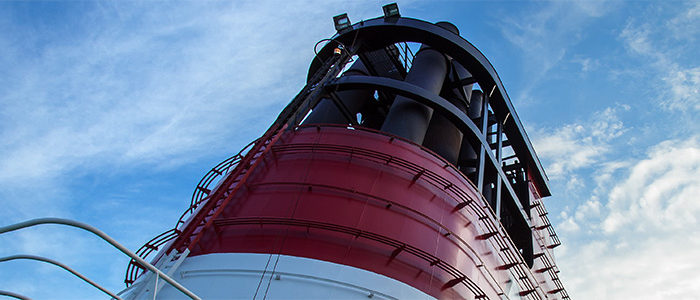DNV GL published the new “Global Sulphur Cap 2020” guidance paper, updating the Global Sulphur Cap brochure, published in October 2016. This report presents the new regulation and the options that ship owners and operators have, in order to ensure compliance.
The global 0.50% sulphur cap will enter into force in two years time, in 2020, affecting more than 70,000 ships.
[smlsubform prepend=”GET THE SAFETY4SEA IN YOUR INBOX!” showname=false emailtxt=”” emailholder=”Enter your email address” showsubmit=true submittxt=”Submit” jsthanks=false thankyou=”Thank you for subscribing to our mailing list”]
This report is an update of DNV GL’s Global Sulphur Cap brochure, published in October 2016, and includes an extended section on scrubbers. Other options to comply, such as LNG, are covered in other DNV GL publications, like ‘Assessment of selected alternative fuels and technologies’, published in June 2018.
Currently, more strict limits on sulphur (SOx) emissions are in place in Emission Control Areas (ECAs) in Europe and the Americas, while new control areas are being set out in ports and coastal areas in China. Thus, ship owners are considering their options to ensure compliance with the upcoming regulation.
Namely, for 2020, ship owners and operators have essentially four choices:
- Change from high-sulphur fuel oil (HSFO) to marine gas oil (MGO) or distillates;
- Use very-low-sulphur fuel oil or compliant fuel blends (0.50% sulphur);
- Equip ships to use alternative fuels such as LNG or other sulphur-free fuels;
- Install scrubbers, which allows operation on regular HSFO.
The paper updated on the latest regulatory developments and enforcement measures, as well as technological and market developments for alternative compliance solutions.
See more information in the “Global Sulphur Cap 2020”.




























































